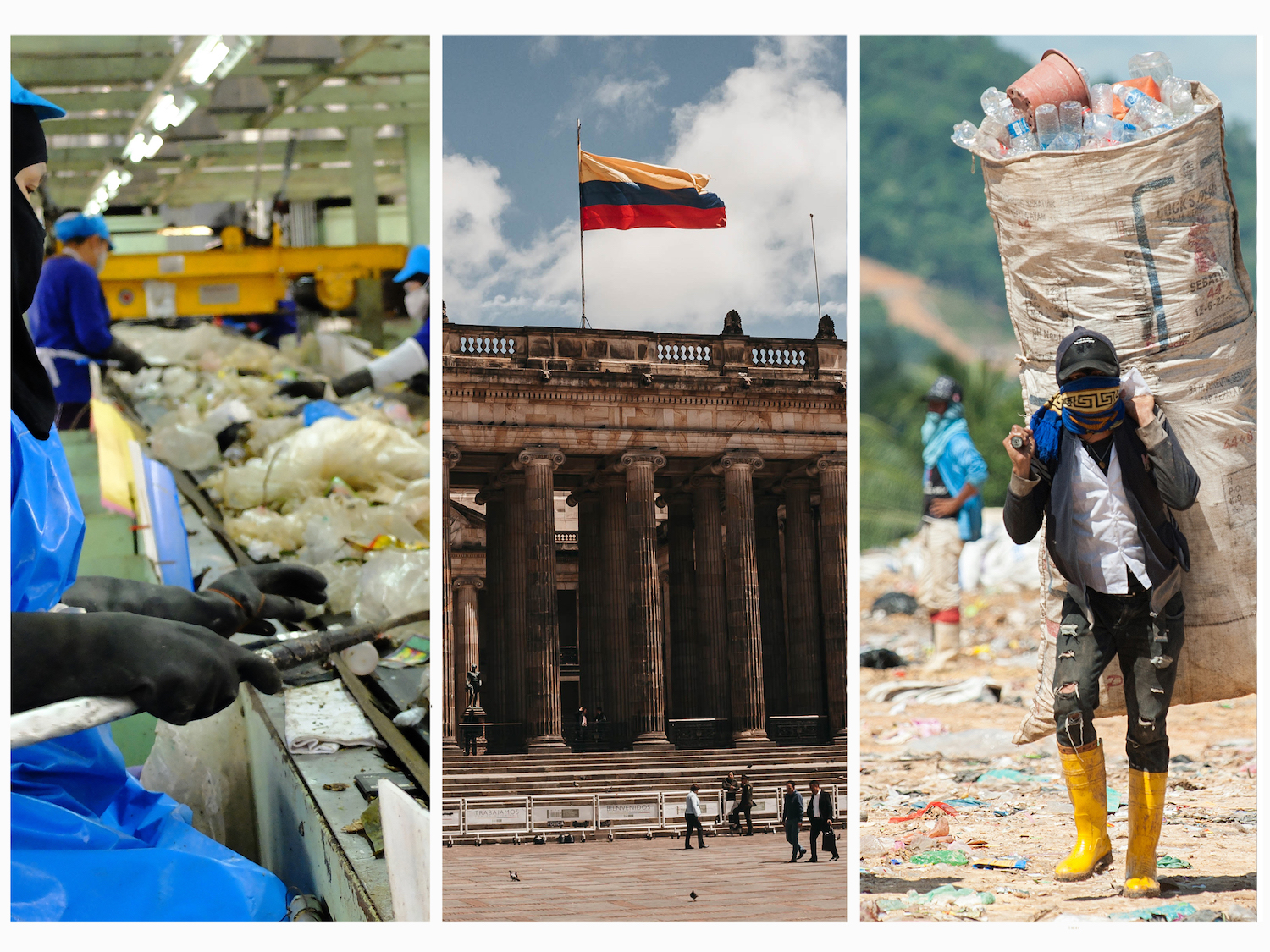Colombia shows the way to go: circular

date: 05/03/2021
In 2019, Colombia was the first country in Latin America to adopt a National Circular Economy Strategy. The strategy prioritises action in six material/resource flows: packaging, building, industrial materials, mass consumption products, as well as natural resources and energy. In line with the Colombian Green Growth Policy and roadmap for 2030 and the 2018-2022 National Development Plan (NDP) ‘Pact for Colombia, Pact for Equity’ (2018), it fosters a circular economy model based on durability, reusability, reparability and recyclability.
Key to the EU partnership with Colombia on a circular economy was a Circular Economy Mission in 2017, in which more than 50 EU companies shared their experiences with Colombian government officials and the business community. Following this, the EU initiated a high-level policy dialogue on CE with the Colombian Government and supported the development of the country’s CE strategy and action plan (CEAP). The EU Ambassador promoted the CE transition with multiple public appearances and by supporting the signing of the National Pact for the CE. In addition, a massive communication campaign was backed by the EU to publicise the CE concept in Colombia. Technical assistance provided via the SWITCH to Green Facility supported the implementation of the ‘National Circular Economy Strategy 2018-2022’, including specific priority strategies for composting and the reuse of water in agriculture; to identify appropriate economic instruments; and to facilitate access to finance.
Important factors in the circular shift include political direction (a clear vision), continuity in governance priorities and commitment among stakeholders, signatories of a national pact (and further regional pacts) for the circular economy. Moreover, the Government actively encouraged knowledge sharing as a means to enable the transition, including by conducting a CE training programme for over 60 government officials from various ministries and national offices. Taking stock of progress towards implementation has also helped build the case for the CE, with a report published a year after the launch of the CEAP. Lastly, CE approaches have been integrated in relevant policy processes, including in sustainable tourism, climate change mitigation in the industrial sector, construction and demolition waste, and water reuse.
Colombia’s experience provides a useful recipe for other countries to follow to start the journey towards a circular economy.
